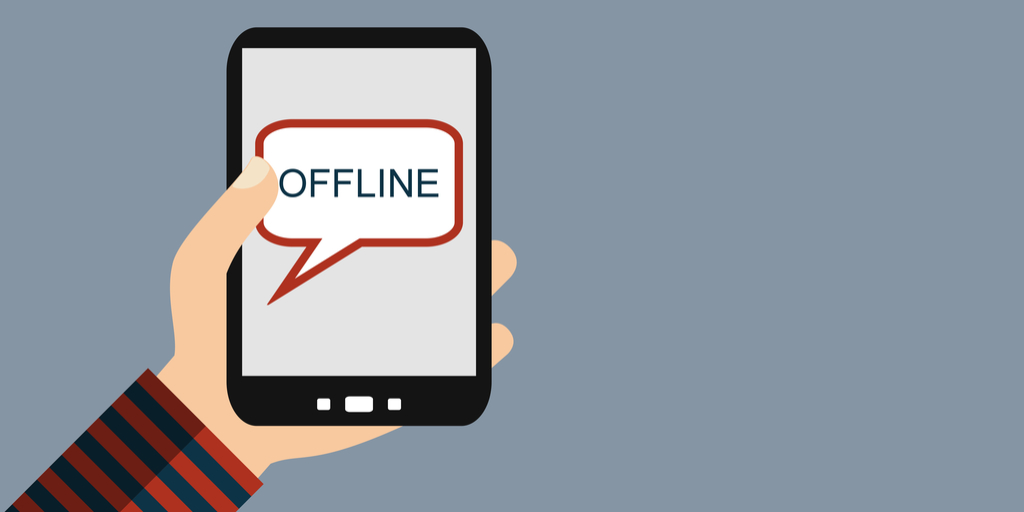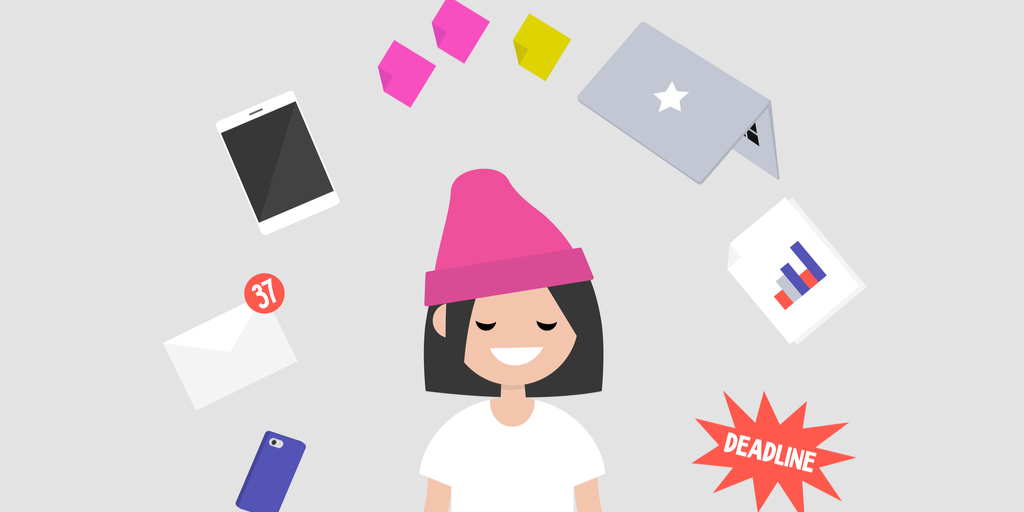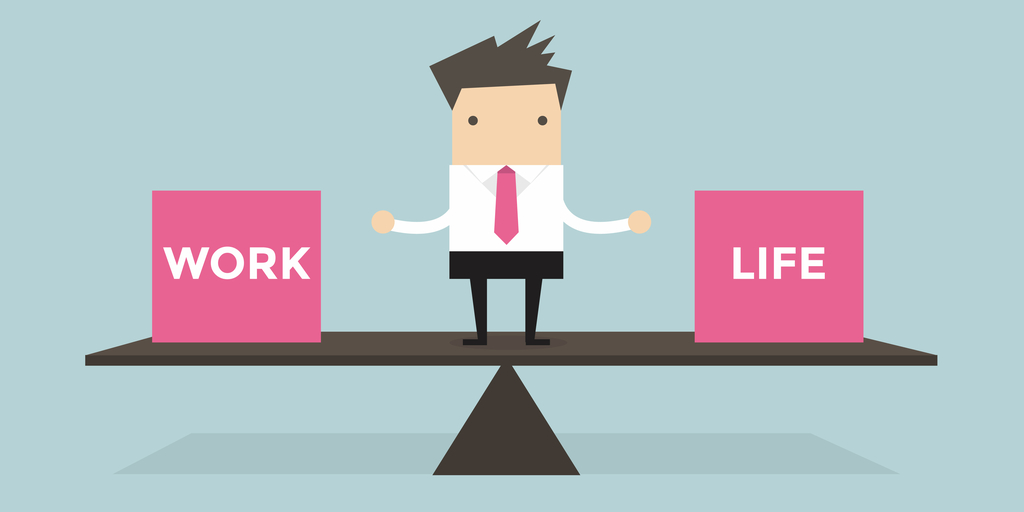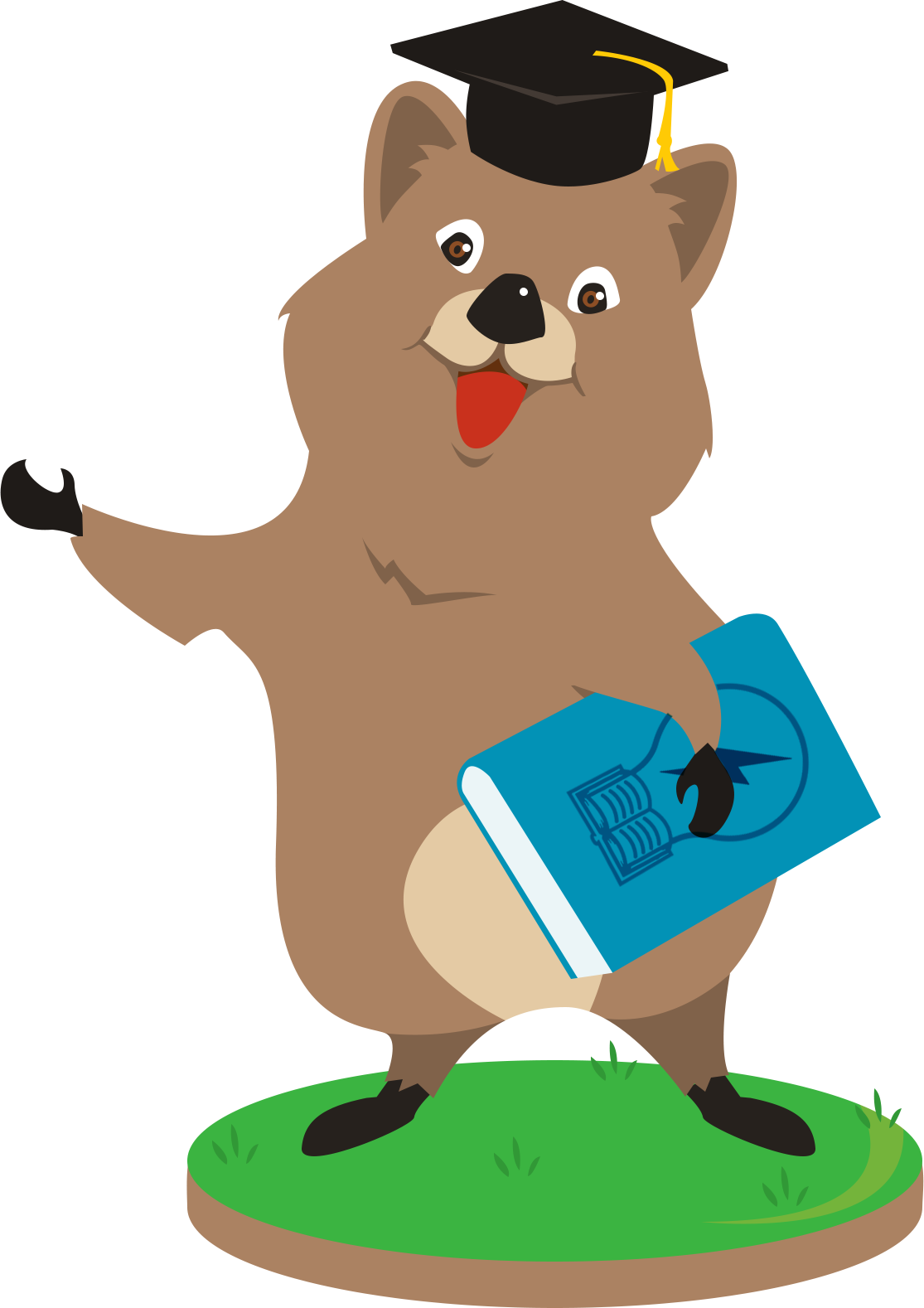
We’re an affiliate!
We hope you love the books we recommend! Just so you know, we may collect a share of sales or other compensation from the links on this page. Thank you very much if you use our links, we really appreciate it.
Long story short, “Digital Minimalism” is about changing our perception on how we view technology and social media as tools that should ENHANCE our way or life, as oppose to controlling it.
Cal Newport dives into principles, insights and best practices on how we should develop a healthier relationship with technology in the digital age in terms of moderating our usage with social media platforms.
Answer Section:
With today’s world being driven by social media, I don’t think anyone signed up for this when these platforms first started appearing. From never ending notifications for the latest post to unwanted advertisements, social media has turned into a platform that is apart of our daily lives.
For those who want to have social media REMAIN as tools as opposed to masters, Cal Newport’s Digital Minimalism provides a guide on:
“How to DETOX your Social Media”
Newport’s major lessons on detoxing your social media includes:
- The approach to Digital Minimalism
- Decluttering your digital life
- Being comfortable alone
- Stop clicking the “Like” button
- Reclaiming your life
FOR THOSE WHO DON’T KNOW
Cal Newport is a professor who teaches computer science at Georgetown University and bestselling author. He is most known for his publications of Deep Work and So Good They Can’t Ignore You, as his ideas discuss the intersection between technology and society.
The approach to “Digital Minimalism”

Digital minimalism is not a buzz word or phrase, but a philosophy and way of life of how we use technology.
As Newport states:
A philosophy of technology use in which you focus your online time on a small number of carefully selected and optimized activities that strongly support things you value, and then happily miss out on everything else
In a way, think of digital minimalism as a cost-benefit analysis.
This means that when you think of checking your notifications or scrolling on your phone through your social media apps, think of the trade-off between the time we are giving up for the benefit we are receiving.
For example if you get a Facebook notification, and it’s your friend “poking you”, OR if it’s your friend asking a really important question with a need for an urgent response, understand when it is appropriate to give up your time to receive the maximize benefit from these social media tools.
Newport outlines three main principles that solidify the foundation of the Digital Minimalism way of life:
There are an abundance of apps and devices to choose from when it comes to social media. With too many choices and never enough time, cluttering ourselves with numerous types of social media apps comes at a negative cost.
This is when you decide which type of technology or platform will support a specific outcome or value you would be seeking. By understanding which social media platform will provide the best value for the appropriate outcome, you can prioritize and think carefully of how/when you would be using it. (Ex. Twitter for recent news and current events, Facebook for promoting a business page).
Being mindful and intentional with how you use these social media platforms brings satisfaction when using them.
Decluttering your digital life:
Habits are hard to break, but bad habits are even HARDER to break. Going from an avid social media user to a minimalist is not a rapid process.
In order to successful adopt the digital minimalist lifestyle, Newport laid out a step by step process as a guide to implement this.
The first step in the process is to simply define what is necessary and what is optional. Prioritize which social media platforms are essential in enhancing your lifestyle, and which ones you can live without so you can remove the excess clutter.
After deciding which platforms you will keep using, set guidelines in knowing how and when you are able to leverage these social media tools.
While it is definitely easier said than done, the next step would a 30-day cleanse off your social media. Within this 30-day period, no technology or social media is permitted unless it is ESSENTIAL in your career or if you need it to survive (in a literal sense).
The purpose of this break is to rediscover what life was like without social media and technology constantly interrupting our lives. Through this phase, you may rekindle old relationships or take up higher quality activities that provide meaning.
After the 30 days, the third and final step is to start from a blank canvas and reintroduce technology into our lives.
From the cleansing period, we would gain new perspective as to what social media tool or platform would actually ENHANCE our lives instead of being enslaved to it.
When deciding which technology to reintegrate into our lifestyle, we must ask:
- Does this technology serve something we deeply value?
- Is this technology the best medium to achieve this value?
These questions would bring insight as to truly valuing the technologies we reintroduce to have a healthier relationship with social media than before.
Being comfortable alone

By being connected to technology, it seems that we are never truly alone. The idea of always being plugged in and connected makes being alone uncomfortable for some, but refreshing for others.
Despite how you may view being alone, the state of solitude is essential in clearing your mind from other inputs and taking time to reflect.
The benefits of providing doses of alone time in your schedule allows you to better understand yourself by reflecting on your own thoughts and reduces the feeling of anxiety to constantly be engaged in something.
Newports suggests a few best practices to become more comfortable being alone by occasionally leaving your phone at home, taking long walks and journal your thought in writing.
What these three activities have in common is the idea of being in the moment. Practicing mindfulness and paying attention to what is directly in front of you instead of succumbing to everyday distractions is a skill that helps us develop a healthier relationship with technology and social media.
STOP clicking the “Like” Button:
We are genetically wired to socialize. That is what primarily drives us to check our notifications, send friend requests, “follow” others and click the famous “Like’ button.
The constant need to engage and interact with one another drives the engagement of these social media platforms.
By taking advantage of our psychology, social media platforms make us feel connected online through these notifications and likes, yet ironically some of us feel more alone than ever.
he paradox surrounding this is that the more we connect with our online network, the less we actually connect with our offline network. Having this tradeoff between scaling the quantity of connections with the quality of connections can shift the way we define socializing.
Newport states that the type of communication we should aim for is conversation-centric communication. This style of communication emphasizes conversations occurring IN PERSON as opposed to clicking that like button.
By focusing on in-person conversations, we can leverage technology to act as triggers or call to actions to drive us socially to have these in person meetings.
Reclaim your LIFE:

To each their own. There are many ways to define our purpose and live our lives, but what is the most important is that we are the ones that CHOOSE how we live it.
Here, Newport mentions that:
A life well lived requires activities that serve no other purpose than the satisfaction that the activity itself generates.
In order to utilize our time the way we intend to, prioritizing leisure activities provide the ultimate fulfillment and satisfaction to our daily lives.
Leisure activities are activities that we would voluntary commit to with our free time. Examples such as blogging, playing sports or travelling are considered leisure activities.
Through taming and controlling how we view and utilize social media, times in our schedule can seem to open up so we can prioritize these leisure activities.
For those who may need to discover their leisure activities, Newport illustrates three lessons on finding what those activities may be:
Doing high-quality activities that require lots of focus is more beneficial than activities that can passively be done in dead air. For example, creating an art sculpture or building a computer vs. Flipping through shows on Netflix
Skills such as the arts, sciences and labour contribute positively to the world, as opposed to wasting dead time and remaining idle.
Interacting in areas with high levels of social activity may spark certain levels of engagement or discovering of new activities.
What can WE do from here?
The primary intent of social media is to connect the world and bring it together. In many ways it has done that, however, we as a society may have lost our definition of what it means to connect and socialize with one other.
At the end of the day, we are meant to master the use of social media and technology to make our lives easier, and not have it the other way around.
If you would like to give Cal Newport’s Digital Minimalism a read while supporting the blog feel free to click below:
#2 Newport, Cal. Digital Minimalism: Choosing a Focused Life in a Noisy World. Portfolio/Penguin, 2019.



